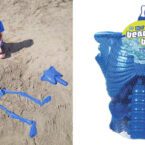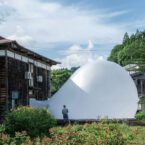
In a historic conservation effort, the Galapagos Conservancy accomplished the successful airlift of 136 juvenile Galápagos tortoises to their only natural habitat on Earth, the volcanic terrain of Isabela Island. Raised at the Breeding and Rearing Center on the island by dedicated park rangers, these giant tortoises, aged between 5 and 9 years, were transported via helicopter—a crucial tool in repatriating the species. The helicopter support, funded by public donations, proved essential, as alternative transportation methods involving sea travel and carrying the tortoises across challenging lava fields on foot would have been impractical and time-consuming. The animals, having undergone quarantine, deworming, health analysis, and microchip marking for identification, were flown to Isabela Island under strict safety standards.

This significant milestone in conservation contributes to the restoration of the ecological balance in the Ecuadorian island chain, with tortoises playing a vital role as herbivores in shaping the landscape and maintaining ecosystem stability. In a related achievement two years prior, the Galápagos National Park completed a rodent eradication program on Seymour Norte and Mosquera islands, declaring these lands rat-free. This accomplishment marked a crucial milestone in restoring native biodiversity to these ecosystems. With the removal of invasive rodents, the islands can now witness the return of their natural flora and fauna, creating a more balanced and sustainable environment. Together, these conservation efforts showcase the dedication and success of ongoing initiatives to protect and restore the unique ecosystems of the Galápagos Islands.


















